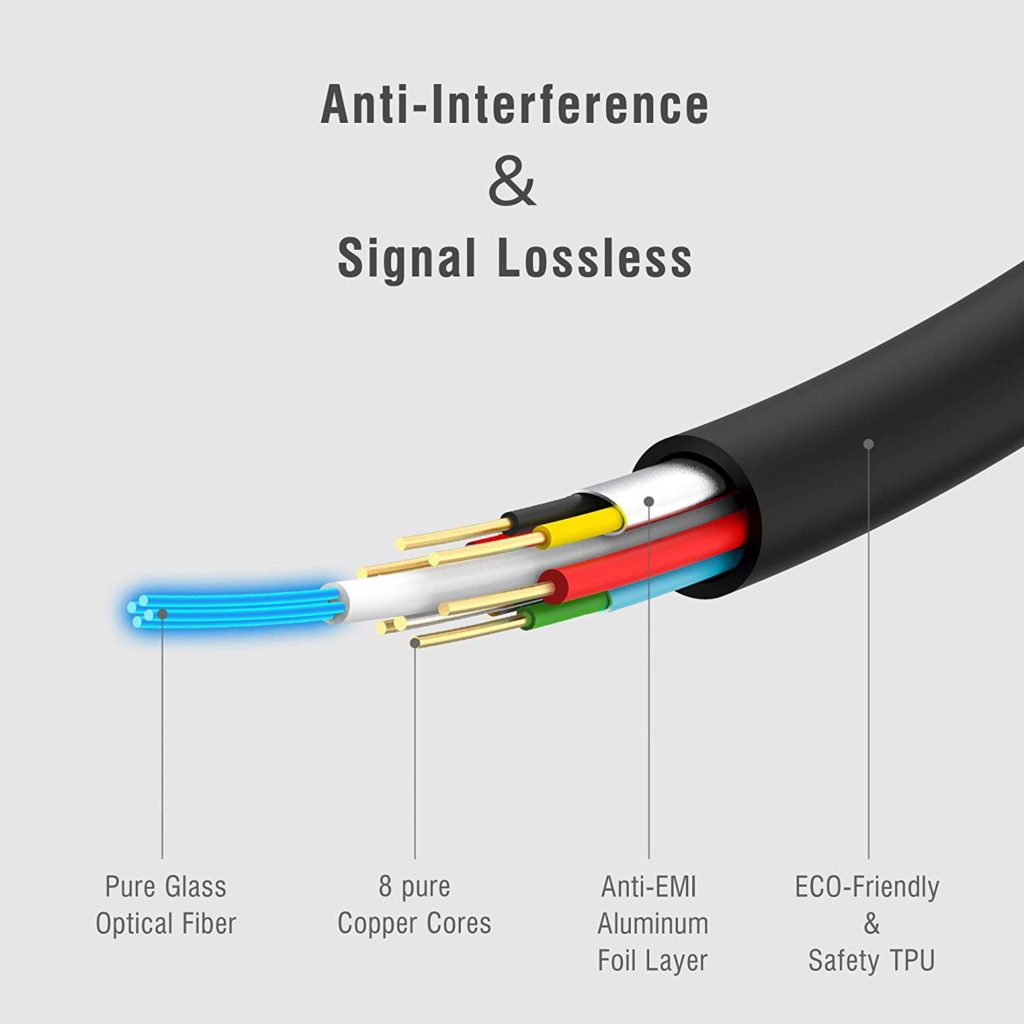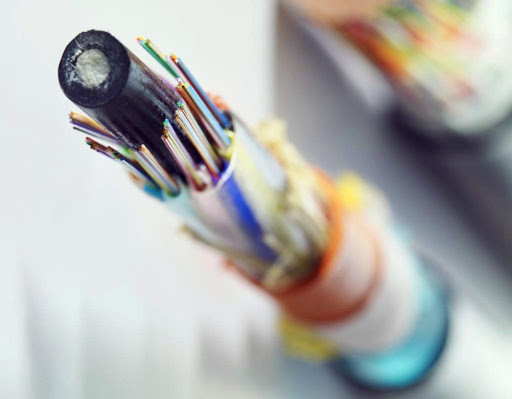MANUFACTURER AND SUPPLIER OF FIBRE OPTIC CABLE IN KOLKATA
Fibre Optic Cable , The world of telecommunications is rapidly moving from copper wire networks to fiber optics. Optical fiber is a very thin strand of pure glass which acts as a waveguide for light over long distances. It uses a principle known as total internal reflection. Fiber optic cable is actually composed of two layers of glass: The core, which carries the actual light signal, and the cladding, which is a layer of glass surrounding the core. The cladding has a lower refractive index than the core. This causes Total Internal Reflection within the core. Most fibers operate in duplex pairs: one fiber is used to transmit and the other is used to receive. But it is possible to send both signals over a single strand. There are two main types of fiber optic cables: Single Mode Fiber (SMF) and Multi-Mode Fiber (MMF). The difference is basically in the size of the core. MMF has a much wider core, allowing multiple modes (or “rays”) of light to propagate. SMF has a very narrow core which allows only a single mode of light to propagate. Each type of fiber has different properties with its own advantages and disadvantages.
Why use optic fiber cable?
- They have practically unlimited information
- They have high carrying capacity (very broad bandwidth, THz or Tbits/s)
- They have very low transmission losses (<0.2dB/km, cf1dB/km microwave, 10db/km twisted copper pair)
- They do not dissipate heat
- They are immune to cross-talk and electromagnetic interference
Advantages of Optical Fibre Communication
- Economical and cost-effective
- Thin and non-flammable
- Less power consumption
- Less signal degradation
- Flexible and lightweight


